NASA continues to study issues that caused Artemis 1 launch scrub
Original Publication Date: 2022-08-29 21:08
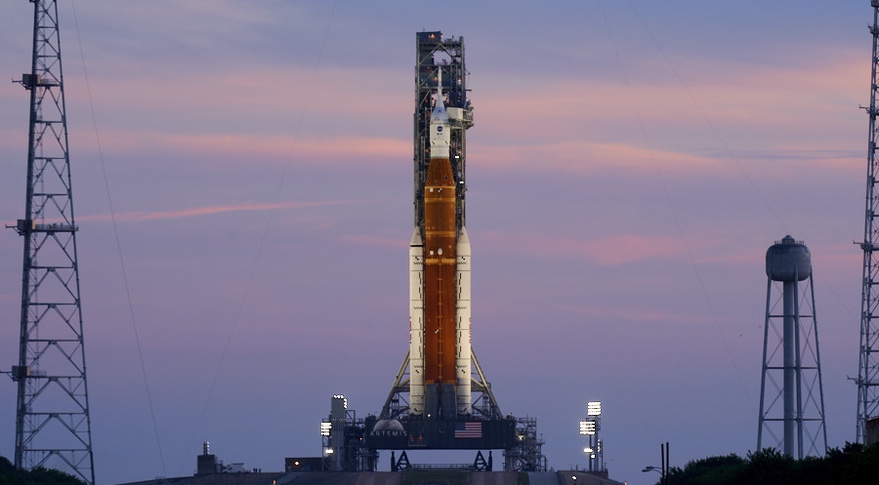
NASA officials say they are keeping open the possibility of attempting another launch. Initial launch attempt was scrubbed Aug. 29 due to a hydrogen bleed line issue. Engineers are still studying the valve problem but it appeared to involve a leak. Sept. 2 is the next possible launch date because of constraints on Orion's trajectory.
Direct-to-cell startups welcome Musk’s arrival
Original Publication Date: 2022-08-29 22:24

SpaceX's direct-to-cell plans validates an emerging market, startups say. U.S.-based startups AST SpaceMobile and Lynk Global have yet to provide commercial services. But they point to a head-start in securing the mobile operator partnerships. It is the latest space-related market that Musk is seeking to disrupt.
South Korea seeks $459 million for lunar lander project
Original Publication Date: 2022-08-30 15:57
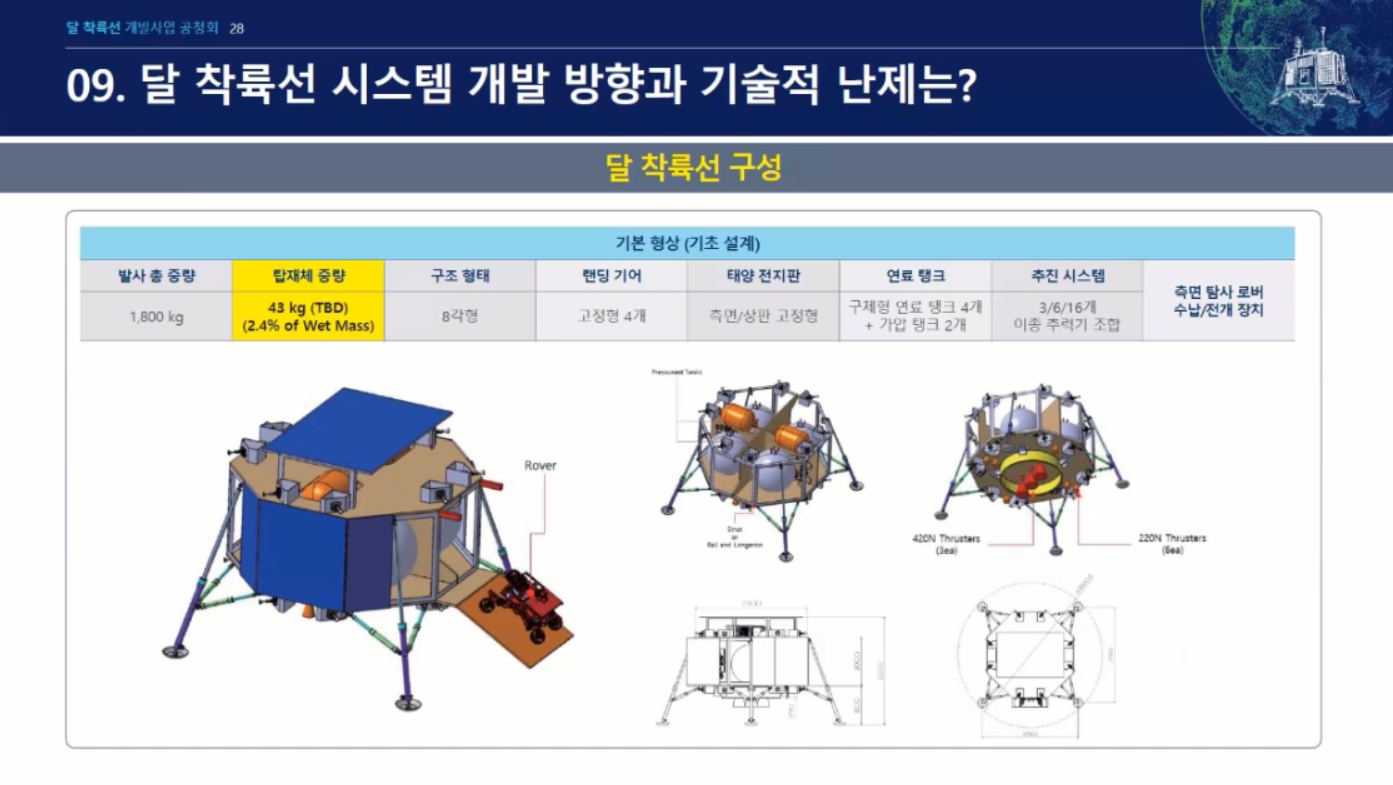
South Korea wants to send a 1.8-ton robotic lunar lander to the moon in 2031. The project would be South Korea’s second lunar exploration mission. Details of the plan were presented in an Aug. 24 public hearing. The plan can be modified in a feasibility study by the finance ministry.
Orbit Fab announces in-space hydrazine refueling service
Original Publication Date: 2022-08-30 14:36
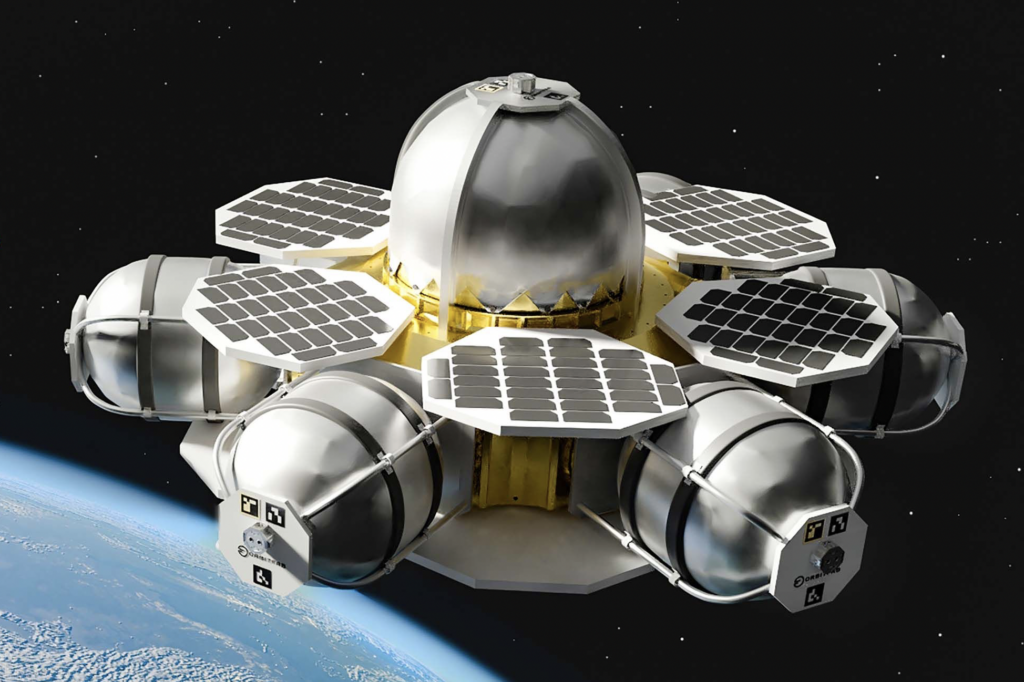
Orbit Fab will start offering hydrazine for satellites in geostationary orbit as soon as 2025. The company announced Aug. 30 its plans to start offering refueling services. At the $20 million price, the company would provide up to 100 kilograms of hydrazine.
Astra to sell electric thrusters to Airbus OneWeb Satellites
Original Publication Date: 2022-08-30 09:58
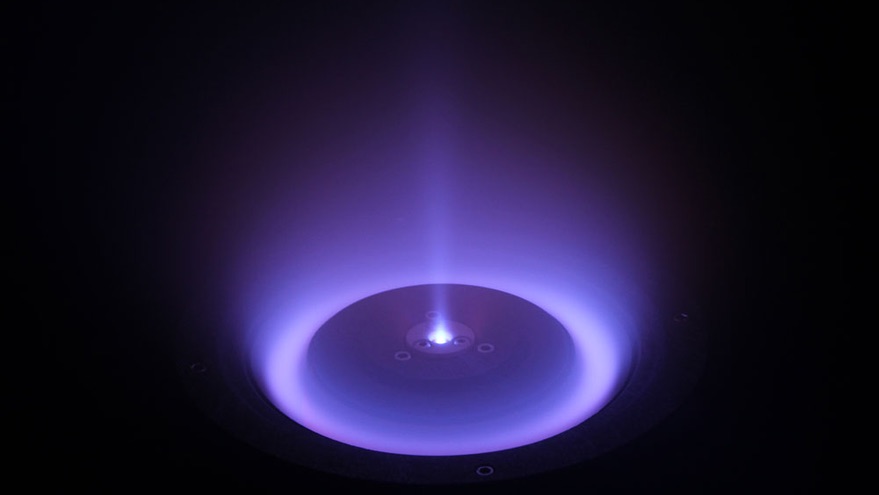
Astra Space says it won a contract from Airbus OneWeb Satellites to provide thrusters. Astra Spacecraft Engine is an electric thruster that uses xenon or krypton as propellants. The thruster was originally developed by a startup, Apollo Fusion.
New head of AFRL space vehicles looking for talent to help push technology forward
Original Publication Date: 2022-08-29 19:50
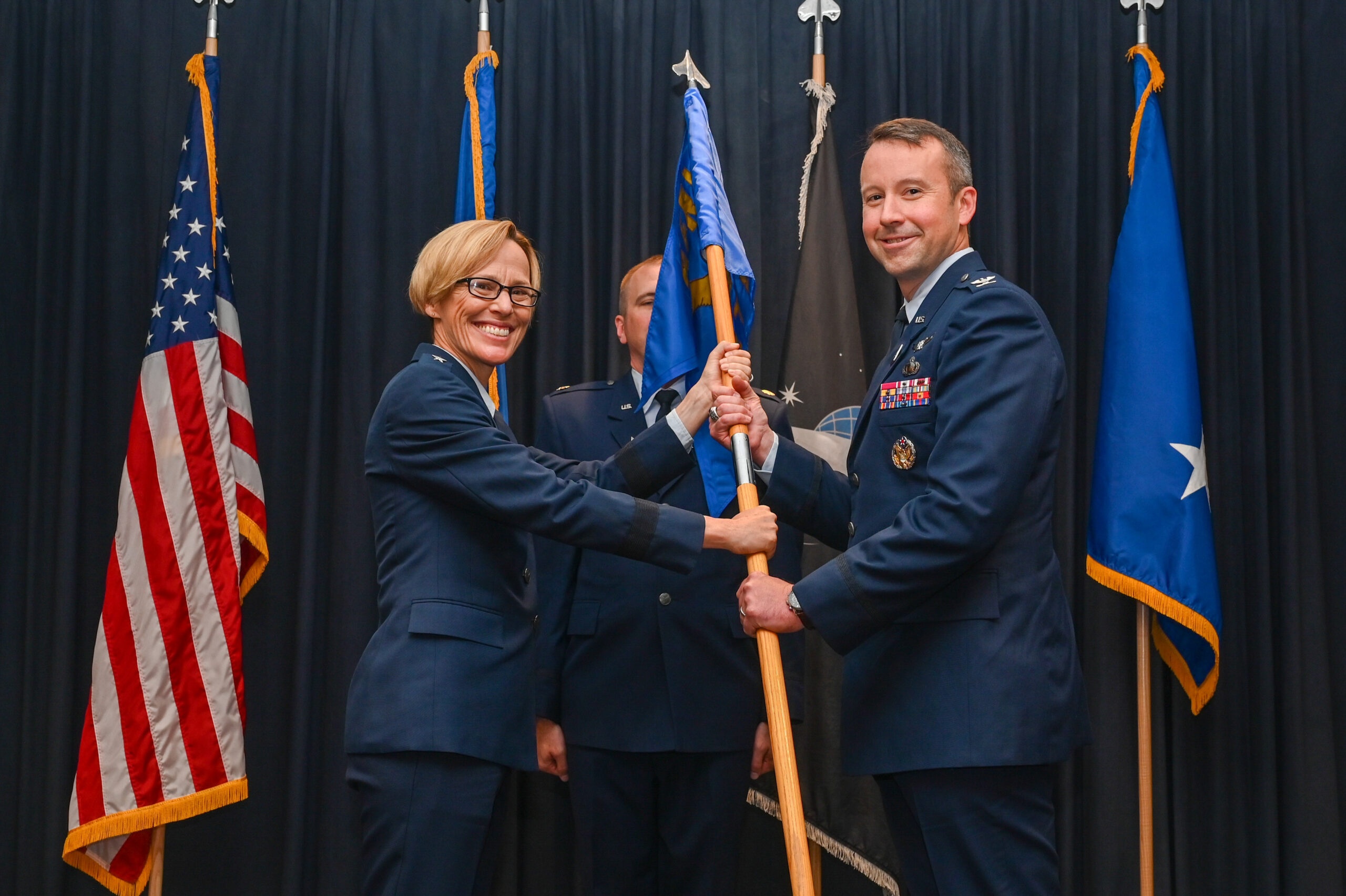
Air Force Research Laboratory’s Space Vehicles Directorate hopes to launch big-ticket military experiments. Project includes a GPS-like navigation satellite, a solar power spacecraft and a deep-space mission to monitor regions around the moon. Directorate is looking to shore up its technical workforce and to partner with private companies.
Live coverage: NASA scrubs Artemis 1 launch attempt due to engine conditioning issue – Spaceflight Now
Original Publication Date: 2022-08-29 00:00
Live coverage of the countdown and maiden flight of the Space Launch System on NASA’s Artemis 1 mission. Text updates will appear automatically below; there is no need to reload the page. Follow us on Twitter: @SpaceLaunchSystem and @SpaceLaunchSystemLive.
NASASpaceFlight.com
The SSLV or Small Satellite Launch Vehicle conducted its launch debut from Sriharikota, India on Sunday, August 7 at 03:48 UTC. The SSLV program’s genesis was a December 2015 National Institute of Advanced Studies proposal to create a “Small Satellite Launch Vehicle-1” to launch small national security payloads on demand.
Commercial Archives
The first of three sequenced missions to return humanity to the lunar surface will not launch until at least September 2. The initial launch attempt was scrubbed due to an issue with Engine 3’s bleed system. It was the first time a moon rocket was ready to launch since 1972.
International Archives
The first of three sequenced missions to return humanity to the lunar surface will have to wait until at least September 2. The initial launch attempt was scrubbed due to an issue with Engine 3’s bleed system. The mission will be the first to land on the moon since 1972.
Chinese Long March 3B Launches APStar-6C Communications Satellite – Spaceflight101

China launches rare commercial launch of Long March 3B rocket with APStar-6C communications satellite. Long March 3B lifted off from Xichang Satellite Launch Center at 16:06 UTC on a mission of under half an hour to lift the spacecraft into an elliptical Geostationary Transfer Orbit.
Blue Origin’s New Shepard Reaches new Heights in latest Test Flight – Spaceflight101

Blue Origin's reusable New Shepard launch system reached new heights in a test designed to expand the vehicle’s operational envelope by sending it to a peak altitude of 107 Kilometers. Sunday’s flight marked the second for this particular set of hardware, following up on the successful December 2017 mission that debuted “Crew Capsule 2.0” Sunday’s mission was the eighth in Blue Origin’s New Shepard flight test program that was off to a bumpy start in 2015.
ISS Updates – Spaceflight101 – International Space Station

A veteran NASA spacewalker and an EVA rookie from Japan ended their week with nearly six hours of work outside the International Space Station. The restoration of the Station’s Mobile Servicing System started last year and continued in January to provide Canadarm2 with a new pair of grappling hands.
Featured – Spaceflight101

SpaceX Falcon 9 takes to the skies over Florida’s Cape Canaveral Monday afternoon. The Falcon 9 is lifting a flight-proven Dragon spacecraft into orbit for a critical delivery of science gear, supplies and maintenance hardware to the International Space Station. This is the first of at least six cargo ships inbound to the U.S. Segment of ISS this year.
News – Spaceflight101

Europe's Copernicus satellite fleet is gearing up for the arrival of its next addition on Wednesday. A Russian Rockot booster set to blast off from the Plesetsk Cosmodrome at 17:57 UTC with the Sentinel-3B multi-function satellite.
Re-Entry: Long March 11 Rocket Body – Spaceflight101

The CZ-11 fourth stage used leftover propellant for a partial de-orbit maneuver, lowering its perigee to 120 Kilometers to significantly accelerate its orbital decay. It is reportedly built around a YF-50 main engine and in a nominal mission conducts the orbital circularization after the three CZ-11 stages.
Engineers Solve Data Glitch on NASA’s Voyager 1
Engineers have repaired an issue affecting data from NASA’s Voyager 1 spacecraft. Earlier this year, the probe’s attitude articulation and control system began sending garbled information about its health and activities. The team has since located the source of the garbled information: The AACS had started sending the telemetry data through an onboard computer known to have stopped working years ago.
NASA’s Webb Detects Carbon Dioxide in Exoplanet Atmosphere

First clear, detailed evidence for carbon dioxide ever detected in a planet outside the solar system. Understanding composition of a planet’s atmosphere is important because it tells us something about the origin of the planet and how it evolved. “Detecting such a clear signal of carbon dioxide on WASP-39 b bodes well for the detection of atmospheres on smaller, terrestrial-sized planets,” said Natalie Batalha of the University of California at Santa Cruz.
NASA Helps Minority-Serving Institutions Refine Tech Proposals
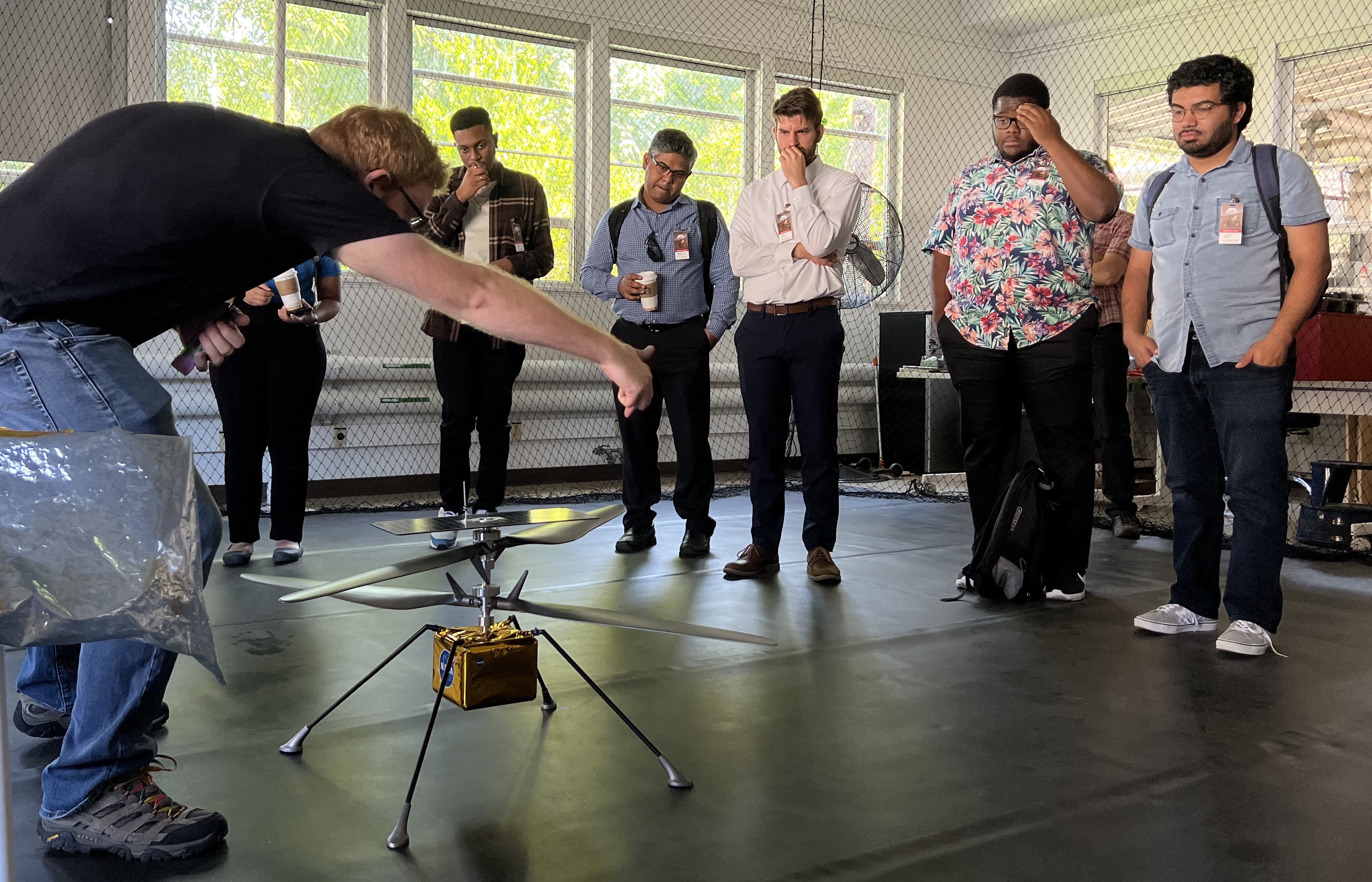
The MSI Space Accelerator is a partnership between NASA's Science Mission Directorate, its Earth Science Technology Office, JPL and others. The teams got in-person feedback to hone their projects. They also had a chance to spend time at JPL locations where NASA missions have likewise been refined. The teams received $50,000 as prizes for their initial concepts.
NASA’s Perseverance Makes New Discoveries in Mars’ Jezero Crater

Scientists have offered various theories why olivine is so plentiful over such a large area of the surface. Perseverance abraded a rock to reveal its composition; studying the exposed patch, the scientists homed in on the olivine’s large grain size.
NASA Scientists Help Probe Dark Energy by Testing Gravity
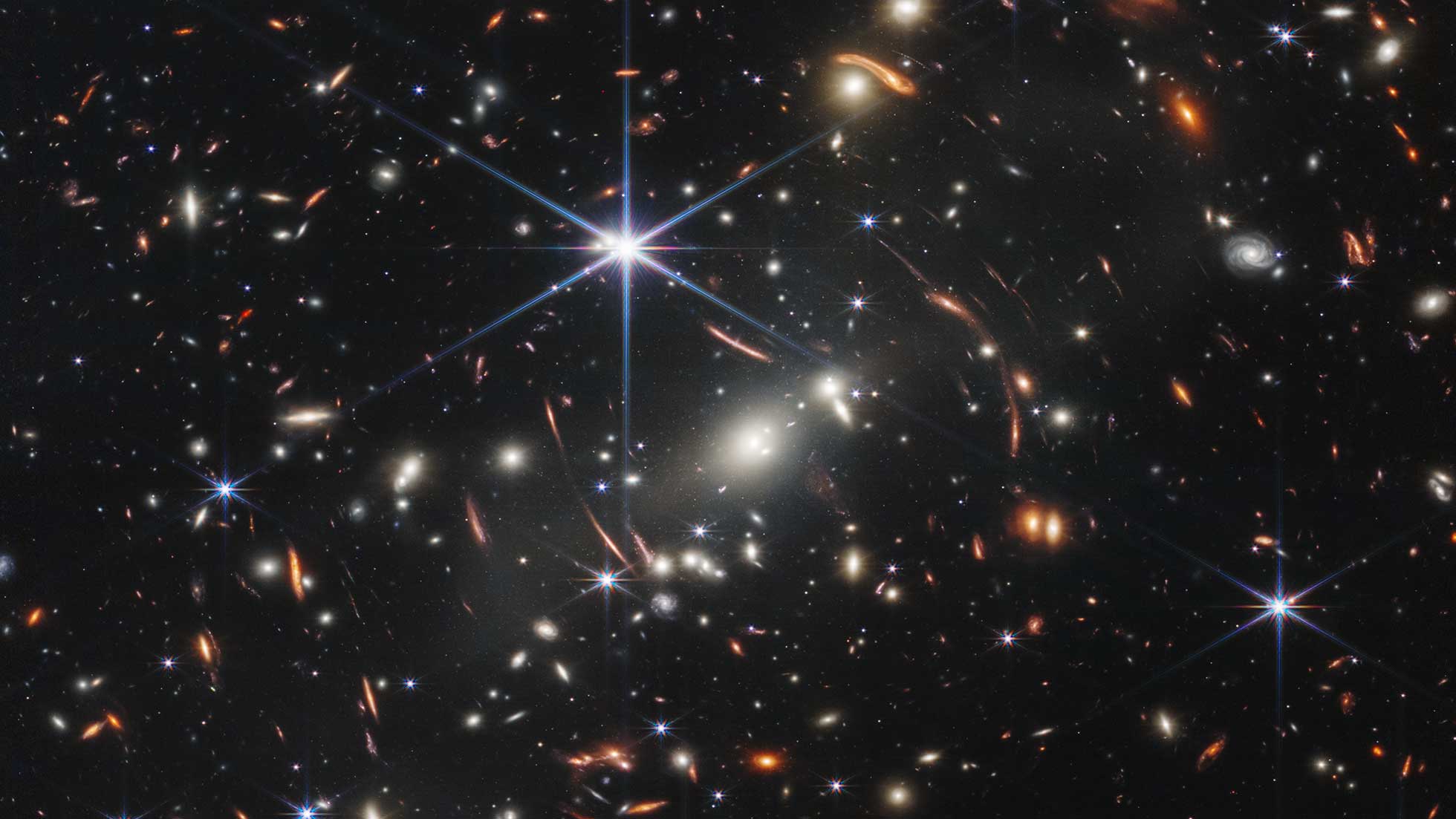
Study finds Einstein's theory of gravity still works. No explanation for dark energy yet. But research will feed into two upcoming missions: ESA’s Euclid mission, slated for launch no earlier than 2023, and NASA’s Nancy Grace Roman Space Telescope, targeted for launch no later than May 2027.
45 Years Ago: Voyager 2 Begins Its Epic Journey to the Outer Planets and Beyond

Voyager 2 carried out the first close-up observations of Uranus between Nov. 4, 1985, and Feb. 25, 1986. It returned more than 7,000 photographs of the planet, its rings and moons, discovering two new rings and 11 new moons. Voyager 2 took advantage of Uranus’ gravity to send it on to its last planetary destination, Neptune.
Voyager, NASA’s Longest-Lived Mission, Logs 45 Years in Space
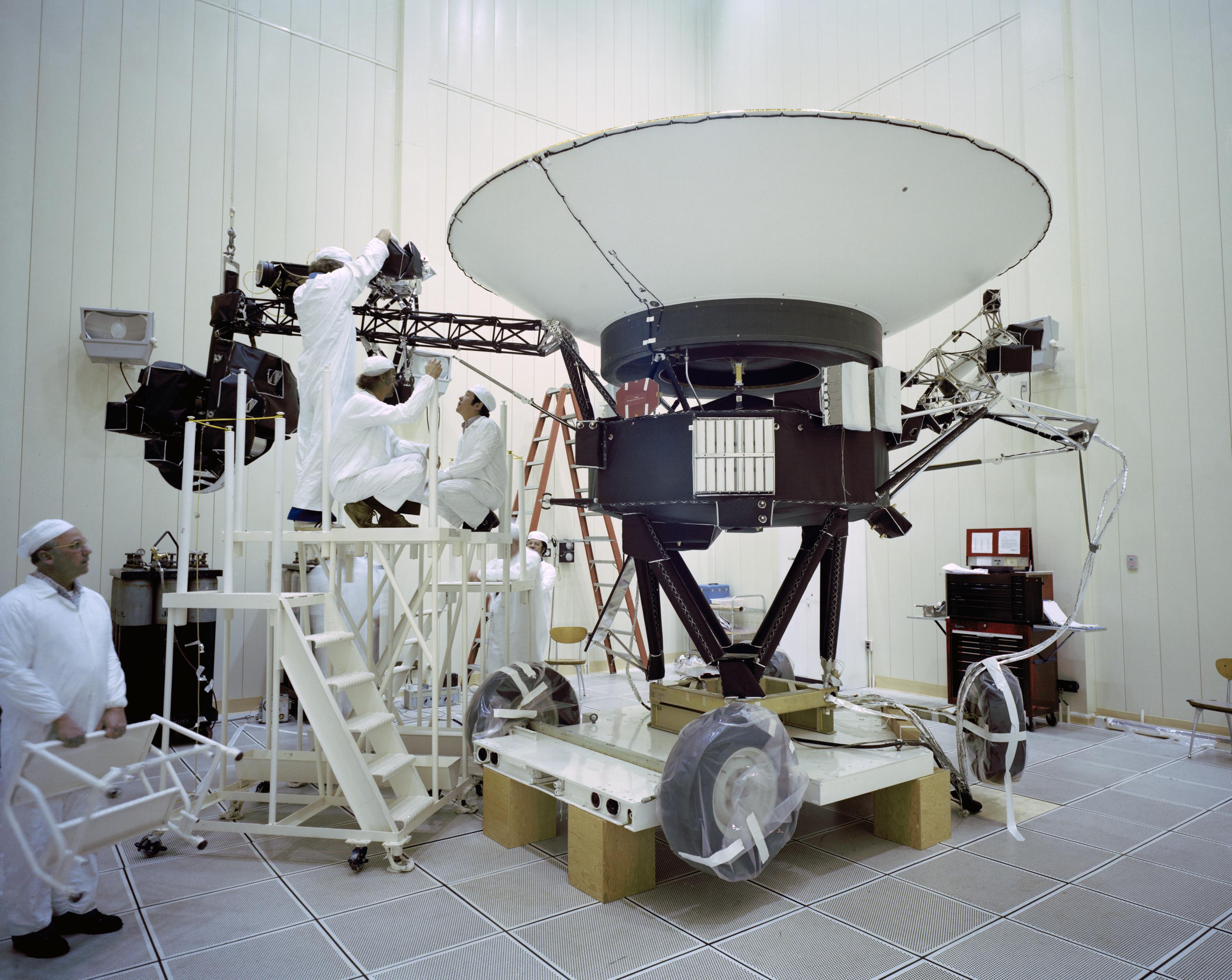
The Voyager probes are the only probes to ever explore interstellar space. Researchers are combining Voyager’s observations with data from newer missions to get a more complete picture of our Sun. The Voyager probes have about 3 million times less memory than modern cellphones, and they transmit data about 38,000 times slower than a 5G internet connection.

